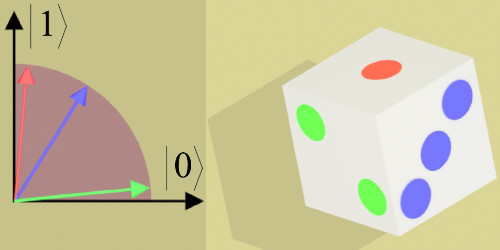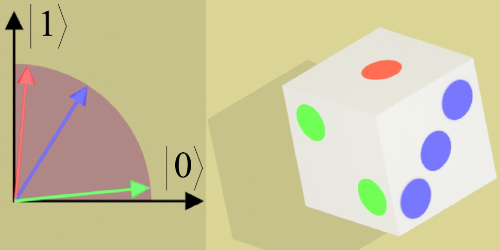Quantum Simulator Reduces Memory Storage
One way in which quantum computers outperform their more traditional cousins is by needing less memory to simulate stochastic processes. They do this by more efficiently recording how such systems evolve, which in past attempts has required a large number of parallel simulators. Now, Farzad Ghafari, of Griffith University in Australia, and colleagues have shrunk the required number of simulators to just one, with their demonstration of a single quantum simulator whose quantum memory uses less storage space than a classical one.
Using the polarization of a photon as their storage medium, the team arranged an array of optical components to manipulate the photon’s state, perform a series of measurements, and encode the result in a new photon. The stochastic process that the team simulated was that of a partially random coin whose past behavior can sometimes be used to predict its future. If the coin comes up tails, the simulation outputs a 1. If it comes up heads, it looks into its future and outputs a 0 or 2 depending on whether the subsequent toss is fated to return heads or tails. A typical digital memory tracks these three outcomes using two bits—each rigidly storing either a 1 or 0. As a quantum bit (qubit) can also be some combination of 1 and 0, Ghafari and colleagues took advantage of this third option to encode the three states in a single qubit.
The simulator achieved this reduced memory demand while performing with 99.3% fidelity. Though the fortune-telling coin scenario was relatively simple, the team says that the technique could also be used in more complex simulations.
This research is published in Physical Review X.
–Christopher Crockett
Christopher Crockett is a freelance writer based in Arlington, Virginia.





